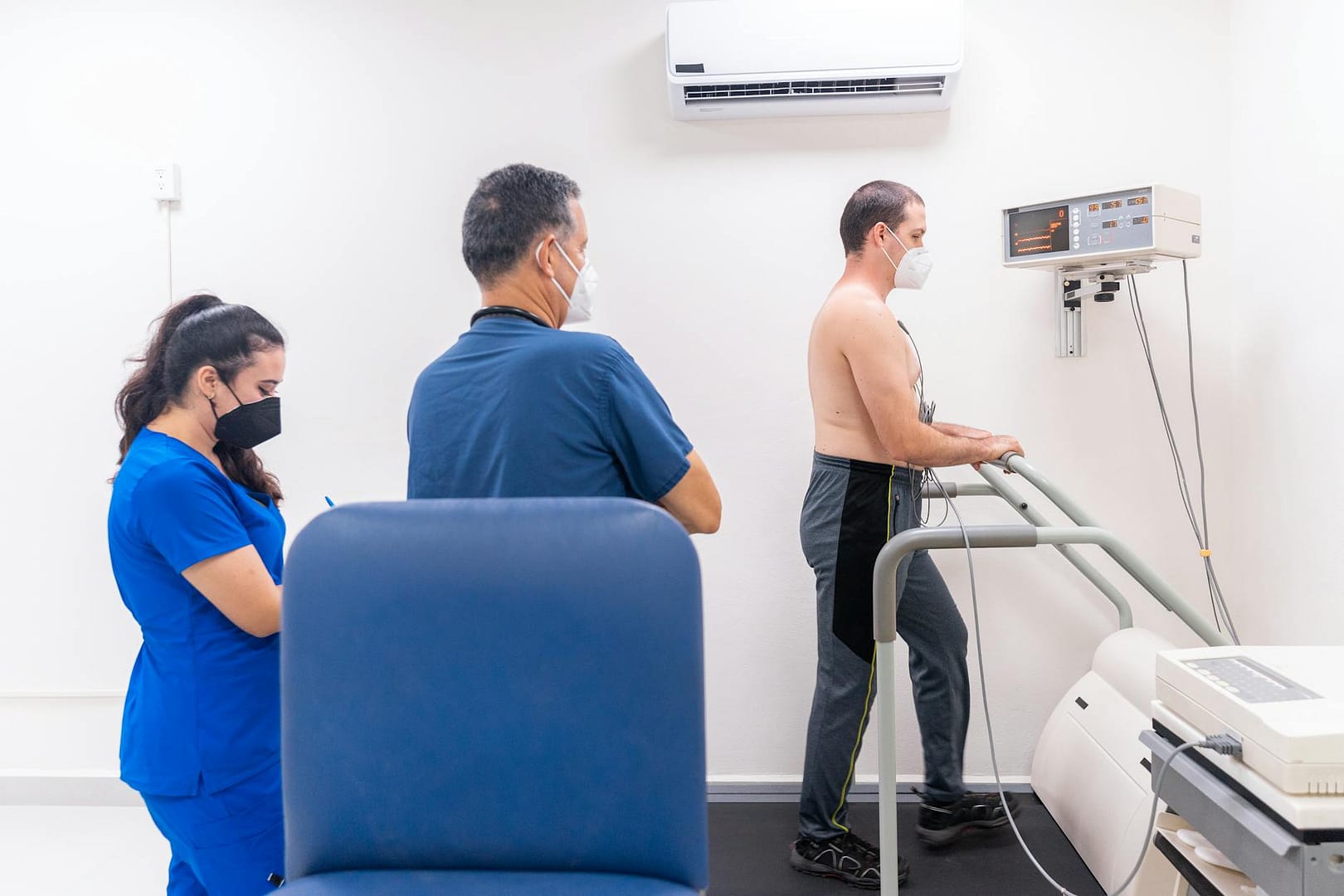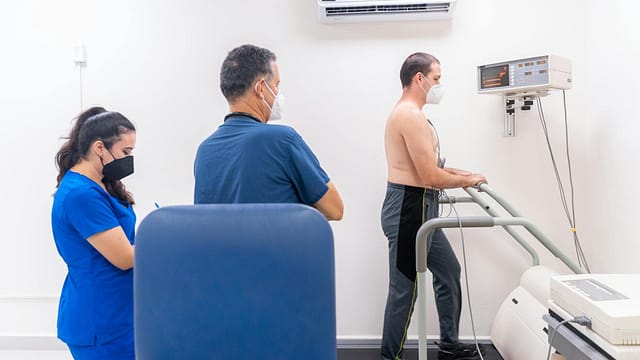
What Is Cardiac Tamponade?
Cardiac tamponade is a medical emergency caused by the build-up of pericardial fluid such as exudate, transudate, or blood in the pericardial sac of the heart—the accumulation of the fluid results in impaired cardiac filling and subsequent haemodynamic compromise.1
Cardiac tamponade requires a prompt clinical diagnosis and treatment to prevent cardiovascular collapse and cardiac arrest.
What Are The Causes of Cardiac Tamponade?
The pericardium is a sac enclosing the heart and the roots of the large vessels composed of visceral and parietal components. The pericardial space between the two layers contains up to 50 mL of serous fluid, lubricating and protecting from infection.
The causes of pericardial fluid accumulation causing cardiac tamponade are2
- Infectious
- Idiopathic
- Neoplastic disease
- Post-cardiac surgery
- Immune-inflammatory
- Trauma
- Renal failure
- Aortic dissection
- Others(chronic renal failure, thyroid disease, amyloidosis)
The most common tamponade causes are pericarditis, iatrogenic (invasive cardiac procedures and post-surgery), and malignancy. Other rare causes are collagen diseases (a group of disorders of unknown origin primarily involving connective tissues such as systemic lupus, rheumatoid arthritis, erythematosus, and scleroderma), radiation, aortic dissection, uraemia, post-myocardial infarction and bacterial infection. Causes of effusion with increased chances of progression to tamponade include bacterial, fungal, human immunodeficiency virus (HIV) infections, bleeding, and cancer. Infectious diseases are among the most common causes of pericardial tamponade in patients. With an increasing number of cardiac interventional procedures, such as cardiac ablation, device lead implantation, and percutaneous coronary intervention, the chances of hemopericardium seem to be increasing.
The patients have better tolerance for the pericardial fluid that builds up slowly than with rapid accumulations.
Symptoms of Cardiac Tamponade
The symptoms of cardiac tamponade differ depending on the duration of pericardial fluid accumulation. A rapid accumulation of pericardial fluid leads to a steep rise in pericardial pressure, while a slower accumulation of pericardial fluid takes longer to reach critical or symptomatic pericardial pressure.
Thus, the haemodynamic effect of an effusion ranges from none or mild to cardiogenic shock, leading to a clinical presentation varying from acute to subacute. Acute or rapid cardiac tamponade is a kind of cardiogenic shock that occurs within minutes. The symptoms are the immediate onset of cardiovascular collapse associated with chest pain, tachypnoea, and dyspnoea. The decline in cardiac output causes hypotension and cool extremities.
The jugular venous pressure rises, which may appear as venous distension at the neck and head. Acute cardiac tamponade is generally caused by bleeding due to trauma, aortic dissection, or is iatrogenic.
Chronic pericardial fluid build-up or subacute cardiac tamponade is characterised by the patients being more asymptomatic in the early phase. However, when the pressure increases above the pericardial stretch point, the patients complain of dyspnoea, chest discomfort, peripheral oedema, fatigue, or tiredness. All these symptoms are attributable to raised pericardial pressure and inadequate cardiac output.
How to Diagnose Cardiac Tamponade?
The diagnosis of cardiac tamponade is based on the history and physical examination of the patient. Common diagnostic tools used are:3

- ECG may help find cardiac tamponade due to the swinging of the heart within a fluid-filled pericardium. The most common ECG finding for cardiac tamponade is sinus tachycardia (increased heart rate).
- Echocardiography is the best imaging technique to use at the bedside, which can confirm a pericardial effusion and determine its size. It also determines the cause of compromise of cardiac function (right ventricular diastolic collapse, right atrial systolic collapse, plethoric IVC).
- A chest X-ray showing an enlarged heart may strongly suggest pericardial effusion if a prior chest X-ray with a normal cardiac silhouette(the loss of normal borders between thoracic structures) is available for comparison.
- A CT scan of the chest can also take up pericardial effusion.
- Blood work that may aid cardiac tamponade diagnosis includes creatine kinase levels, antinuclear antibody tests, renal profile, coagulation profile, HIV testing, ESR, and PPD skin test.
Management of Cardiac Tamponade
Before starting the decompression of the pericardium, the patient should be provided with oxygen, volume expansion and bed rest with legs elevated. Positive pressure mechanical ventilation should be bypassed if possible to decrease venous return further and aggravate the symptoms.
Once tamponade has been diagnosed, urgent pericardiocentesis should be a priority treatment. In preparing the pericardiocentesis, intravenous hydration and positive inotropes can be used temporarily but should not substitute for or delay pericardiocentesis.
The risks and benefits of needle centesis should be considered following patients’ diagnostic results.
How is Cardiac Tamponade Treated?
Cardiac tamponade is a medical emergency requiring quick pericardial fluid removal and should be treated in an intensive care unit. 4
- The most common procedure is performing pericardiocentesis using a needle and a catheter to remove the fluid or drain the pericardial sac by surgery. Emergency subxiphoid percutaneous drainage is another safest method for emergency pericardiocentesis. It is performed under the guidance of echocardiography. Removing the excess fluid can often significantly improve hemodynamics, but leaving a catheter within the pericardium can help in further drainage.
- Open surgical drainage is usually not necessary. However, an available surgical procedure is necessary if intrapericardial bleeding, a clotted pericardium or needle centesis is difficult or ineffective. Surgical options include the creation of a pericardial window or removing the pericardium. Emergency department resuscitative thoracotomy and opening of the pericardial sac is another therapy used in patients with traumatic arrests with suspected or confirmed cardiac tamponade. These options are preferable to needle pericardiocentesis for traumatic pericardial effusion.
- In Patients with large effusions with minimal or no sign of haemodynamic compromise, the therapy is aimed towards the underlying cause. Patients with idiopathic pericarditis and mild tamponade could be treated with non-steroidal anti-inflammatory drugs (NSAID) and colchicine. The same treatment plan could be performed in patients with connective tissue or inflammatory diseases. Unfortunately, there are no proven medical therapies to reduce an isolated effusion. NSAIDs (such as aspirin, ibuprofen, and steroids), colchicine and corticosteroids are generally ineffective without inflammation.
- Pericardiocentesis alone is necessary to resolve large effusions, but recurrences are common. The surgical pericardiectomy or a less invasive option (i.e., pericardial window) should be considered if fluid reaccumulates, becomes loculated, coagulopathy is present, or biopsy material is required. Loculated pericardial effusions due to bleeding are difficult to drain sufficiently without a surgical procedure. Surgical drainage may be necessary to correct the source of the bleeding.
Treatment should be individualised in every case, and careful clinical assessment is imperative.
What Are The Possible Complications of Cardiac Tamponade?
If treated promptly, cardiac tamponade often does not lead to complications. If left untreated, it can lead to shock and other serious problems resulting from shock. For example, the diminished blood supply to the kidneys during shock can cause kidney failure. Untreated shock can also cause organ failure and death.




